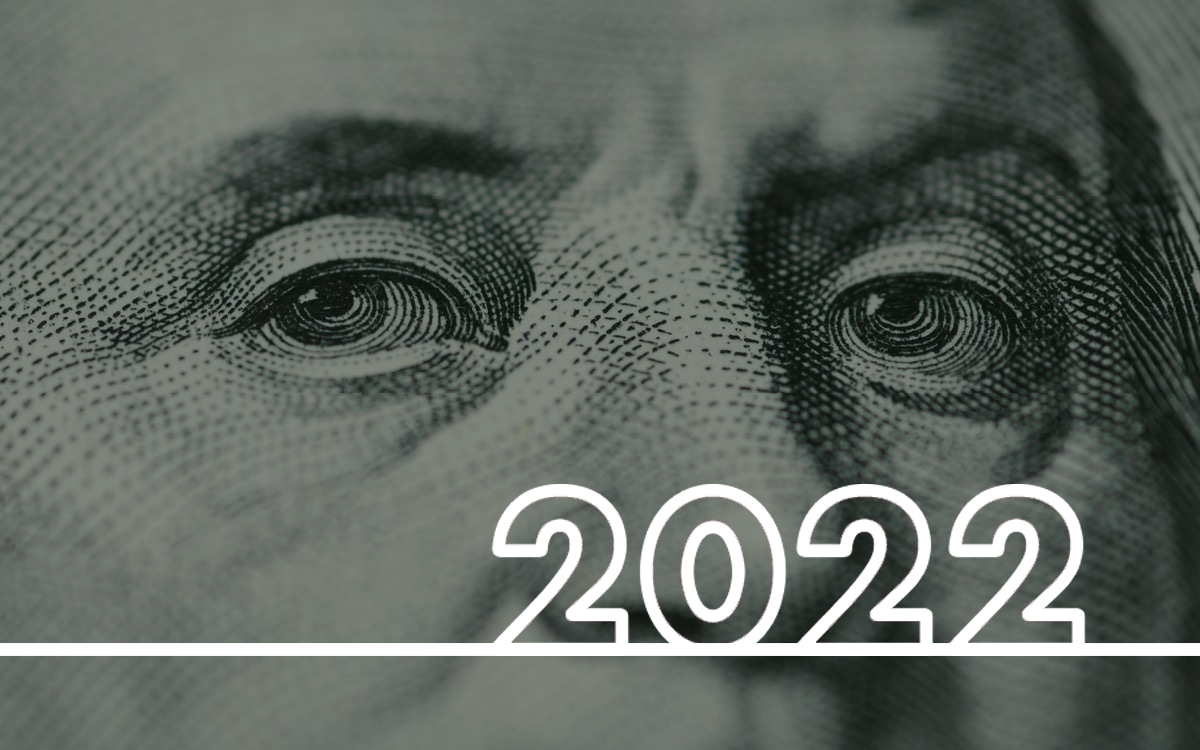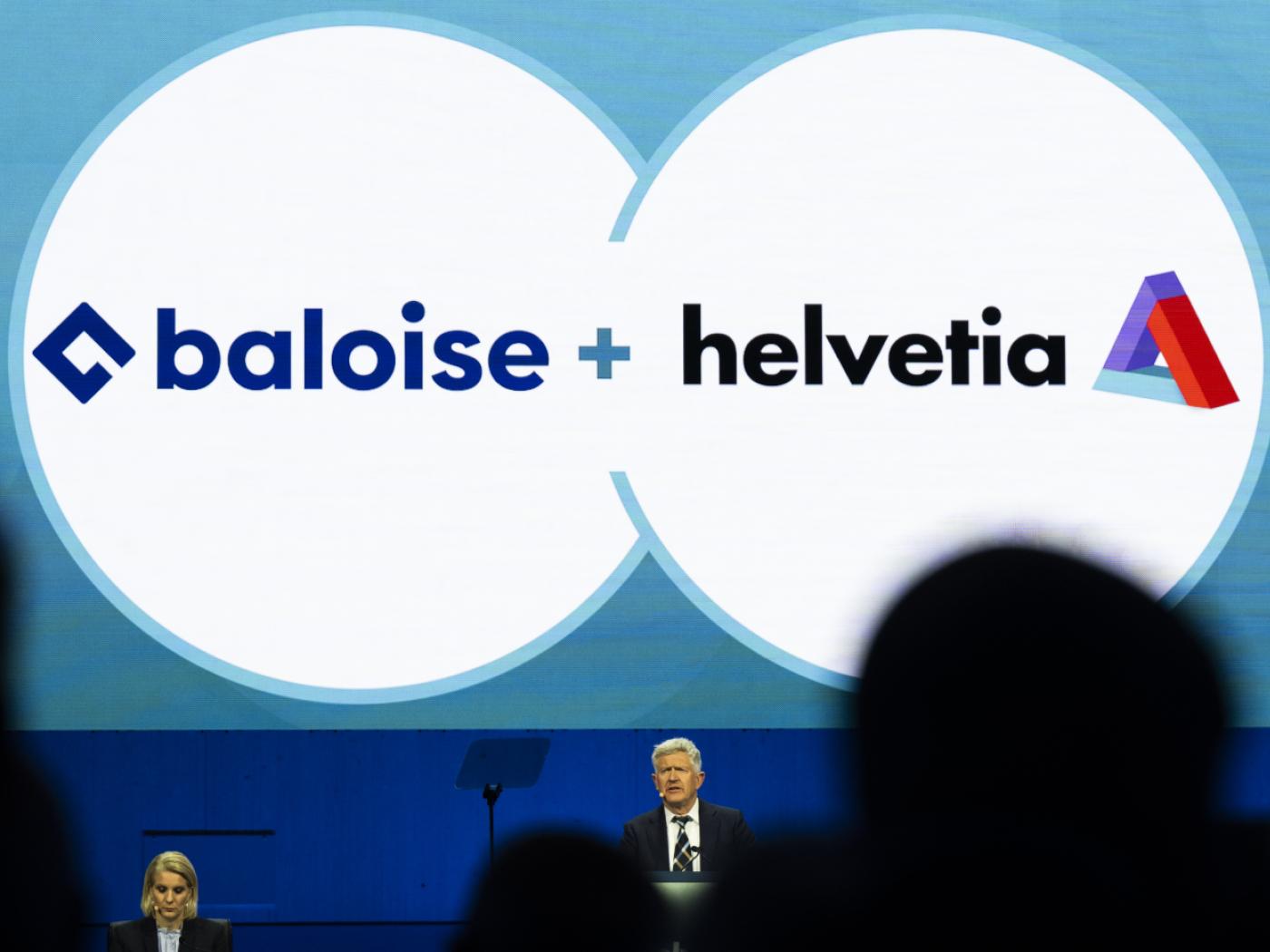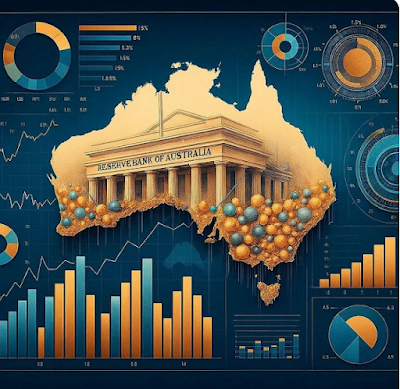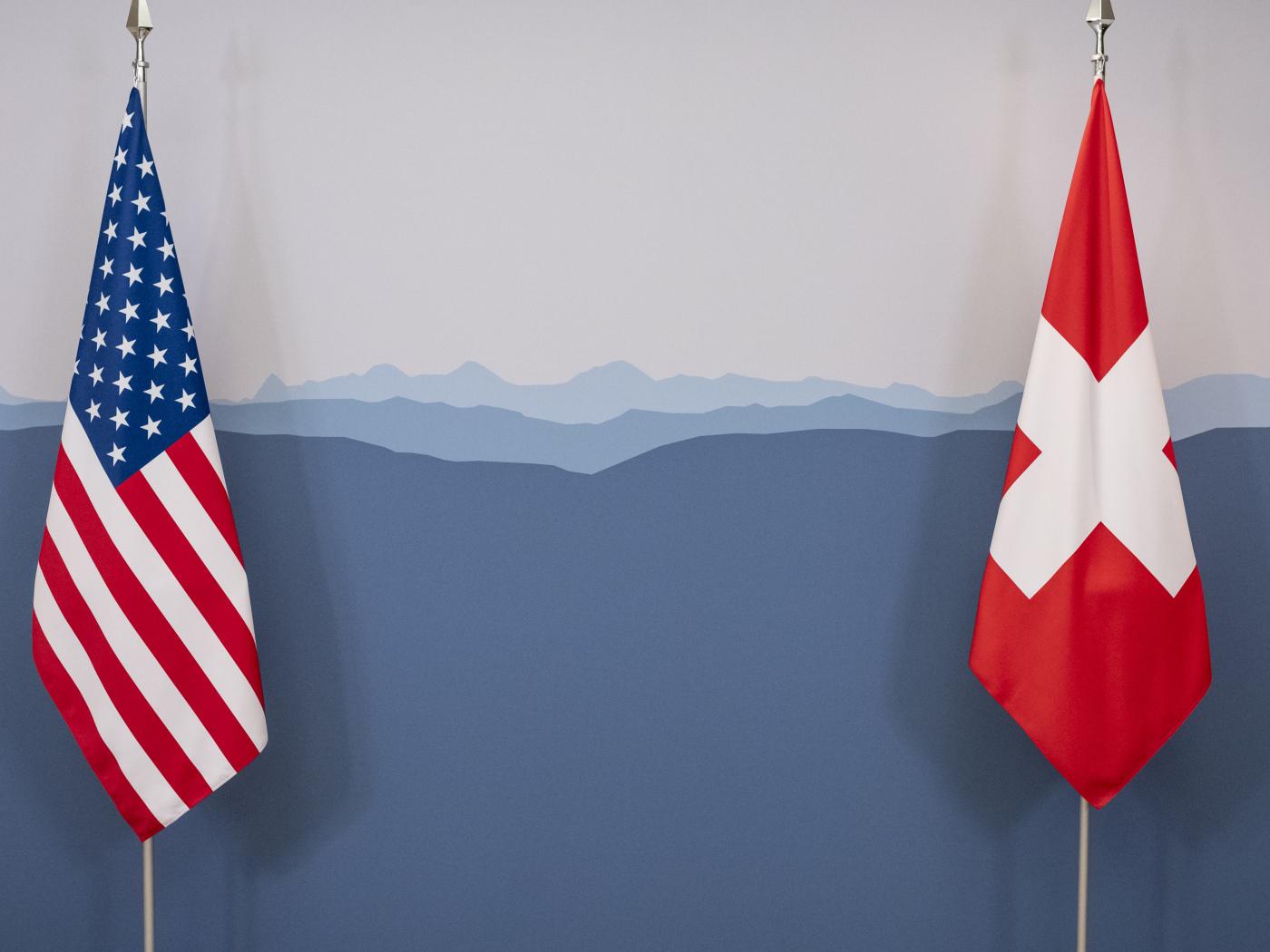 First, we must define inflation: it is the increase in the quantity of money, currency, and credit. It is not an increase in prices. Changes in the general price level is the consequence of a combination in changes of the quantity of deposit currency and changes in the level of the public’s retention of deposit currency relative to their possession of goods. We can record deposits statistically, but cannot quantify human behaviour.
First, we must define inflation: it is the increase in the quantity of money, currency, and credit. It is not an increase in prices. Changes in the general price level is the consequence of a combination in changes of the quantity of deposit currency and changes in the level of the public’s retention of deposit currency relative to their possession of goods. We can record deposits statistically, but cannot quantify human behaviour.
The effect of this inflation on prices is still working through the US economy. It is important to appreciate that the inflation of bank deposits is the primary cause for the increase in raw material, production and consumer costs and prices, and not supply chain disruptions. Central bankers are being disingenuous when they insist that rising prices are a temporary phenomenon. The expansion of deposits and excess liquidity, particularly since last April, tells us that even without changes in the public’s level of retention of currency relative to goods, there is a considerable loss of the dollar’s purchasing power yet to come. And neo-Keynesian arguments that faltering demand will restore the balance between supply and demand for consumer goods are incorrect.
We therefore enter 2022 with the prospect of further increases in the rates of production cost and consumer price increases. That interest rates will begin to rise significantly is guaranteed. Already, with the US CPI recording an annual increase of 6.8%, establishment investors are accepting a negative real yield on the 10-year US Treasury of 5.4%.
How far interest rates will rise in the coming months is not yet clear, but it is likely that they will rise substantially more and sooner than is currently discounted. Furthermore, the tapering of QE is planned to be accelerated, reducing in a roundabout way the support to government funding from the Fed. Without that support, markets will almost certainly demand lower negative real yields on Treasuries at the least, forcing nominal yields considerably higher. The shock of a move towards market reality could be immense and unexpected.
Higher nominal yields on bonds mean significant investment losses for bond portfolios, and the basis for equity valuations will also be badly undermined. A substantial bear market in all financial assets is becoming more certain by the day. Furthermore, higher borrowing costs will threaten the zombie corporations unable to earn sufficient returns on their borrowings. It is a situation the Fed has tried to avoid, using QE to sustain low bond yields and high market values.
Having decided to reduce the monthly QE stimulus, a bear market in financial assets has been made more certain. To counter the effect, the Fed will probably end up increasing QE again to support market prices, as they did in March 2020. But QE and a return to it is blatant currency printing which can only serve to undermine the dollar’s purchasing power even further and eventually require yet higher bond yield compensation: it is no more than a temporary sticking plaster on a suppurating wound.
A developing slump in economic activity from higher nominal interest rates will also add to the Federal Government’s deficit by reducing tax income and increasing welfare spending. In any contemporary administration, particularly the Biden one, there is no mandate to address this problem and we must assume at this distance that it can only be resolved by further debt being issued at increasingly higher yields.
The situation resembles that faced by an earlier proto-Keynesian, John Law in 1720. To sustain his Mississippi bubble, he supported the share price by freely issuing his livre currency to buy stock in the market, which he could do as controller of the currency. It was not long before the livre’s purchasing power was undermined entirely.
As the current situation for the dollar unfolds, its purchasing power is set to decline similarly to the French livre of three centuries ago. But there is also an ugly systemic problem in the commercial banking network, for which to appreciate we must turn our attention to Europe.
Full story here Are you the author? Previous post See more for Next postTags: Featured,newsletter


























